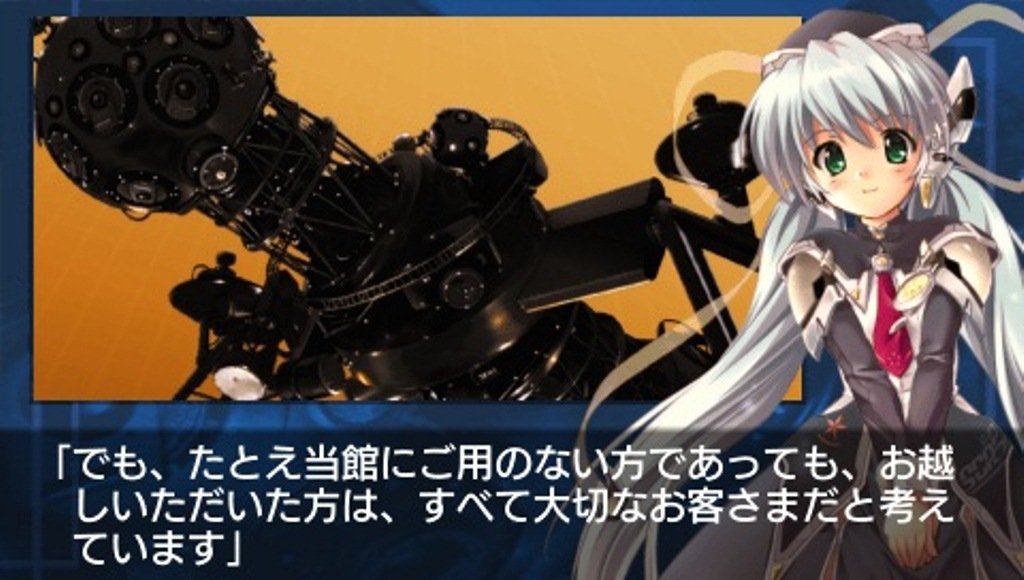

Students Steve Russell and his friends were granted access to the school’s new PDP-1 computer providing they used it to create a demonstration program that (1) utilized as many of the computer’s resources as possible and “taxed those resources to the limit,” (2) remained interesting even after repeated viewings, which meant that each run needed to be slightly different and (3) was interactive. It was this mindset that led a group of MIT students during the 1960s to create one of the first and most groundbreaking computer games. As an added bonus, computer programmers were able to learn from the creation of games as well because it allowed them to break away from the usual subroutines and challenge the computer’s capabilities. Games like tic-tac-toe or William Higinbotham’s 1958 Tennis for Two were excellent ways to attract public interest and support. Most people had both a limited understanding of what these electronic behemoths were able to do and an unfamiliarity with the types of mathematical equations these machines were regularly programmed to compute. They had practical reasons to create games.ĭuring the 1940s and 1950s, computers took up entire rooms and were so expensive that only universities and large companies could afford them. These early computer programmers weren’t just wasting time or looking for new ways to goof off. Under Secretary for Science and Researchįrom the earliest days of computers, people have found ways to play games on them.Under Secretary for Museums and Culture.Assistant Secretary for Communications and External Affairs.Eliot Elisofon Photographic Archives, African Art.


 0 kommentar(er)
0 kommentar(er)
